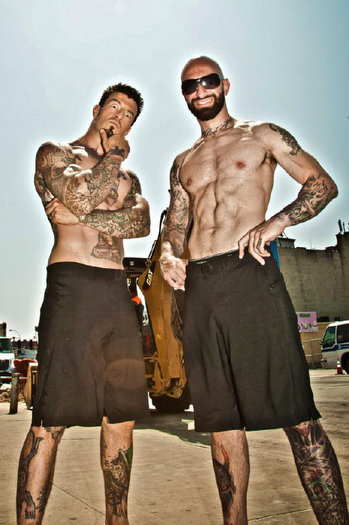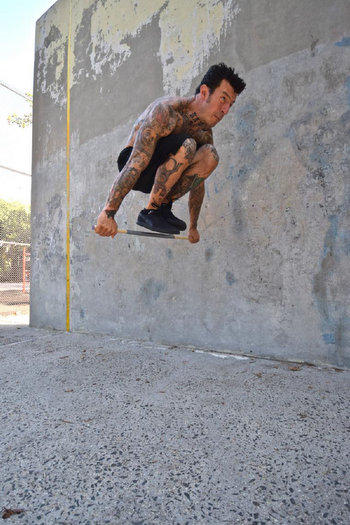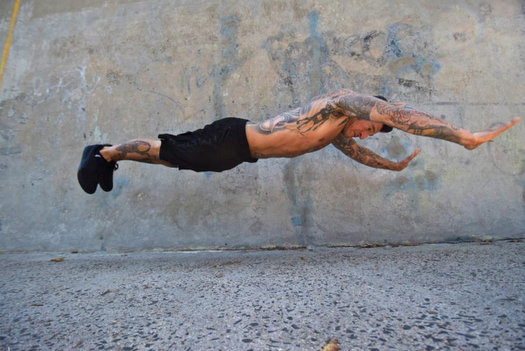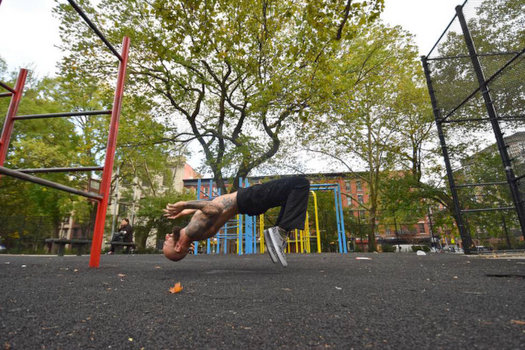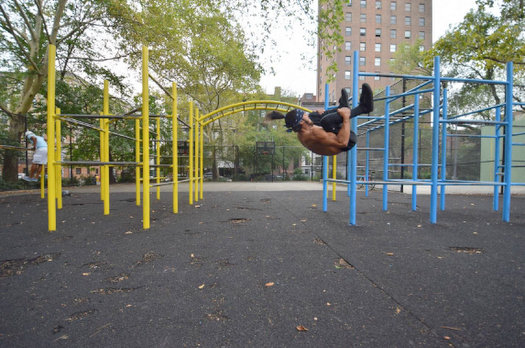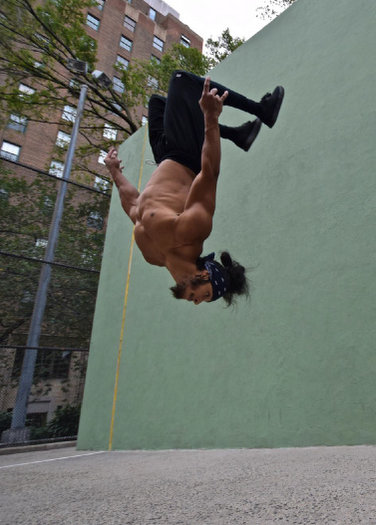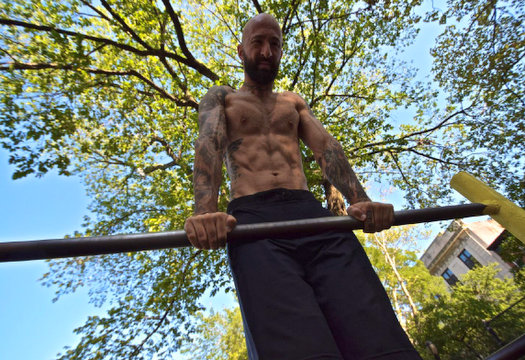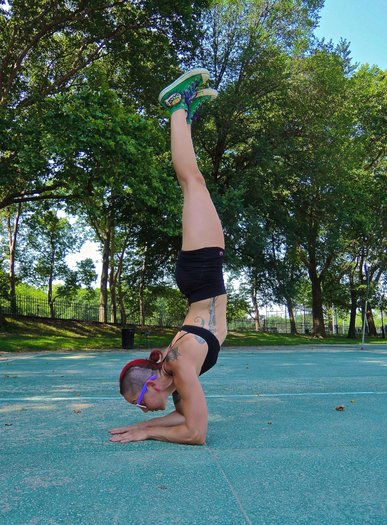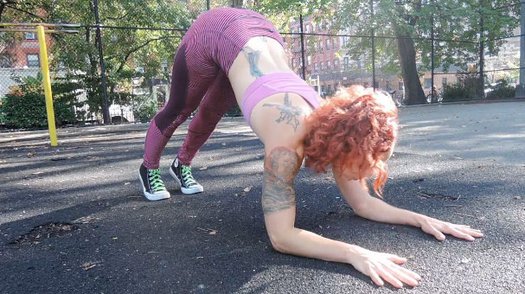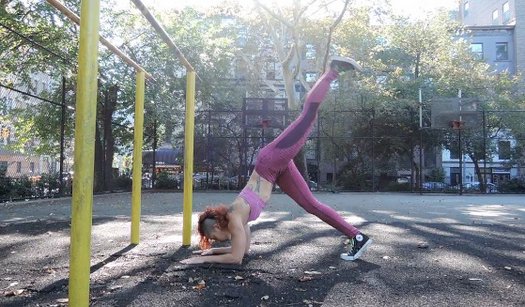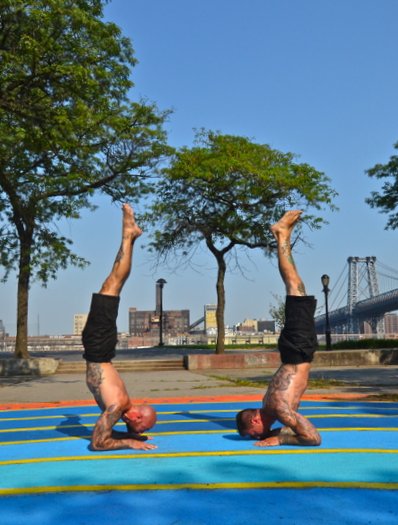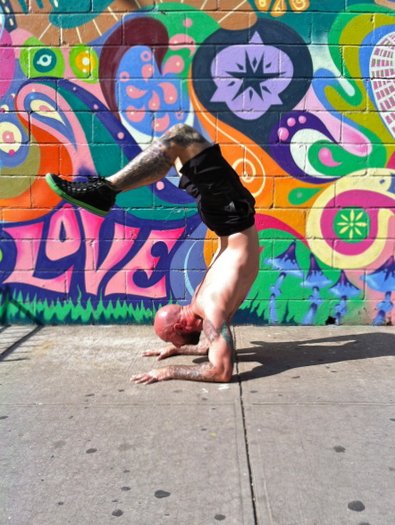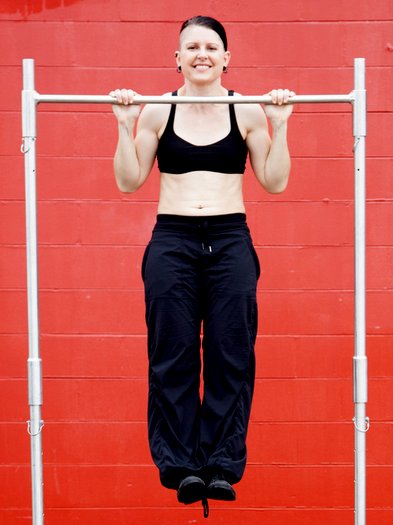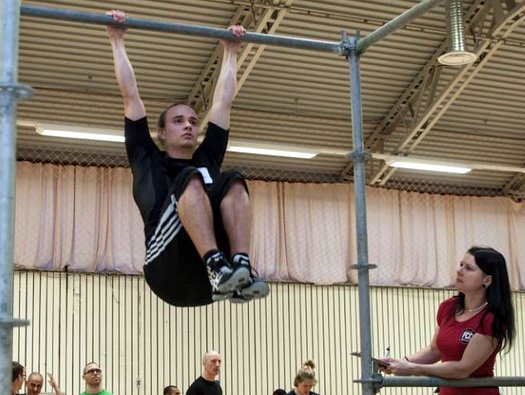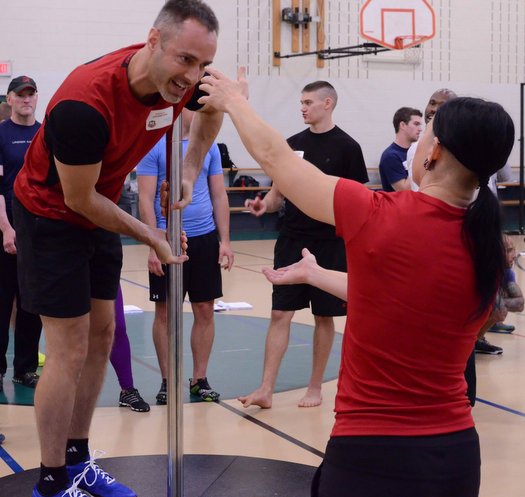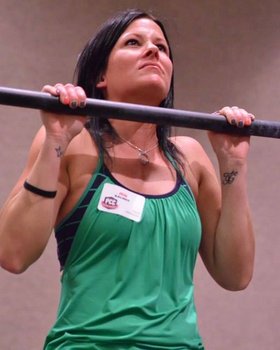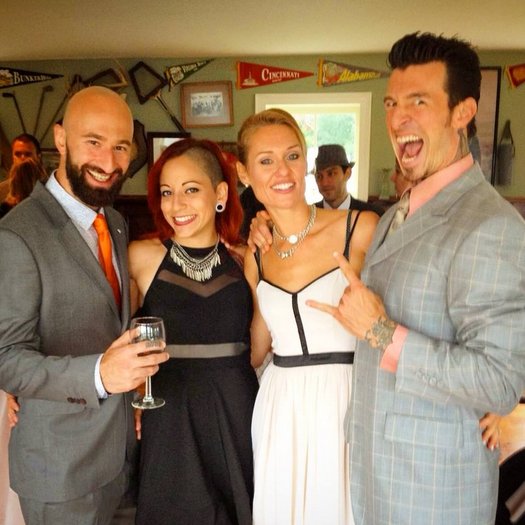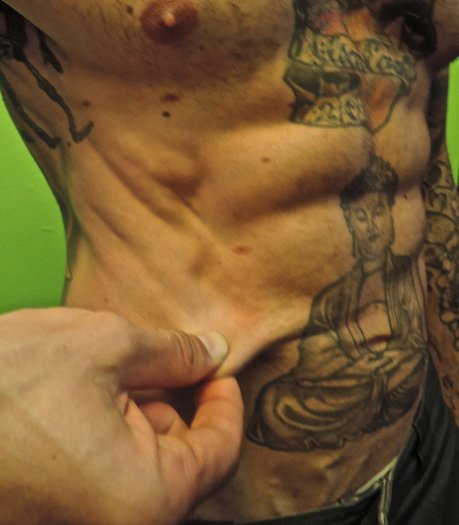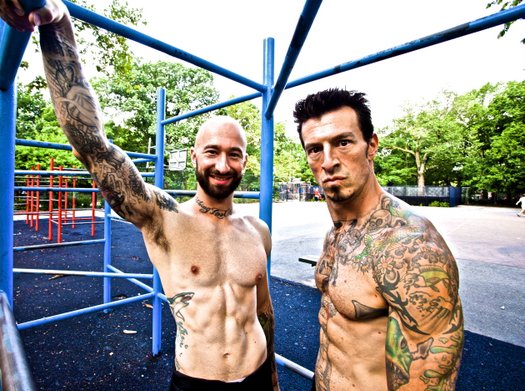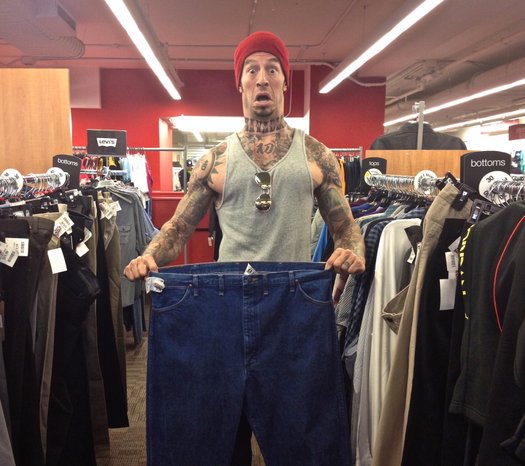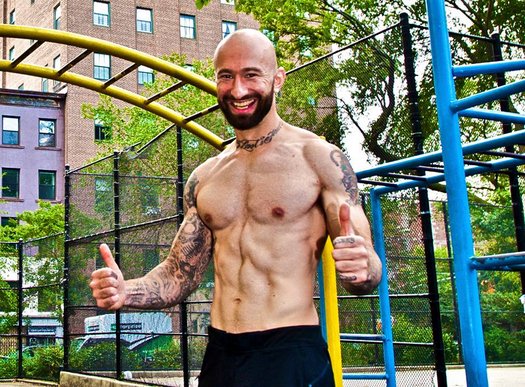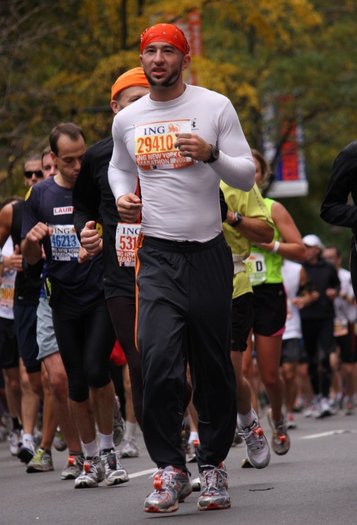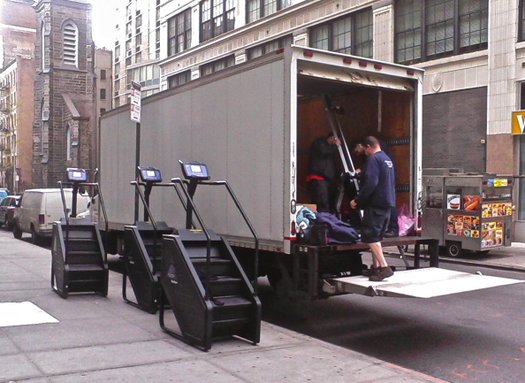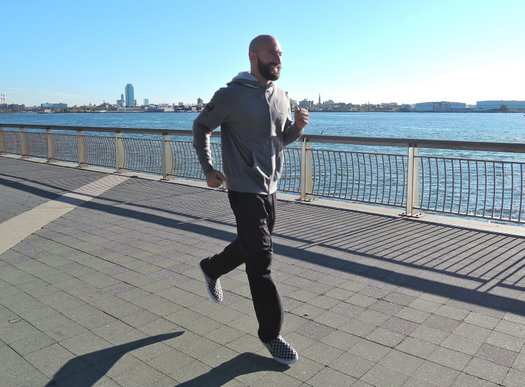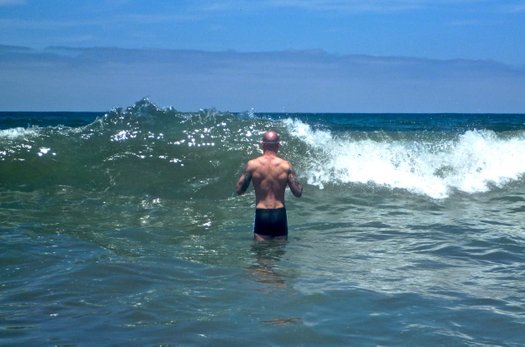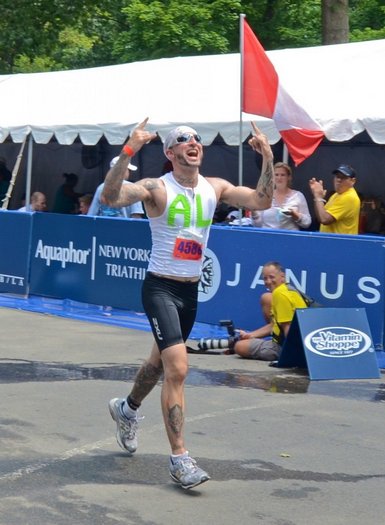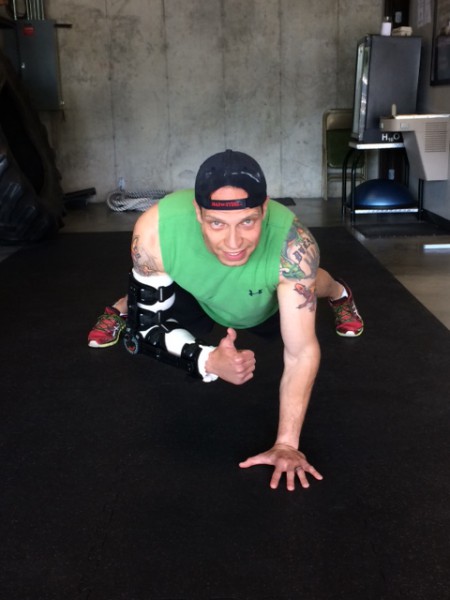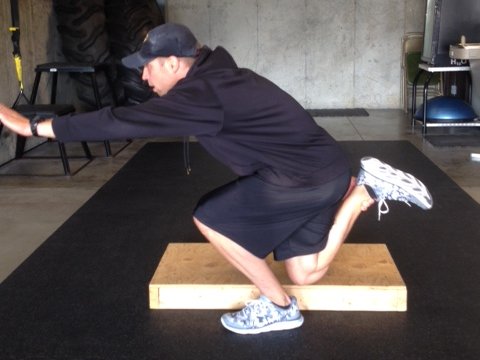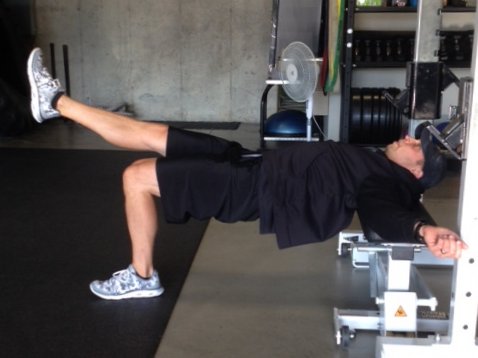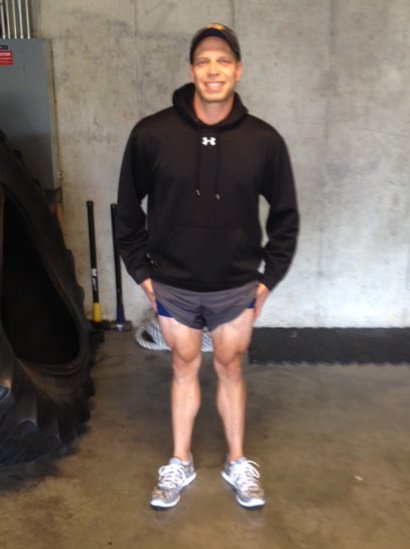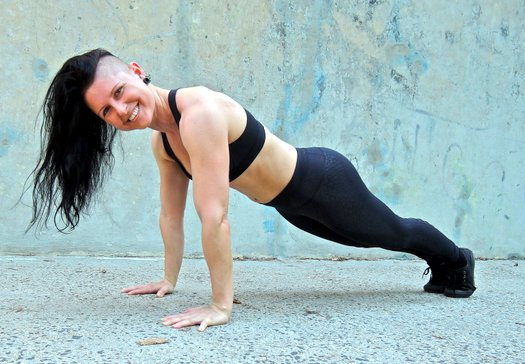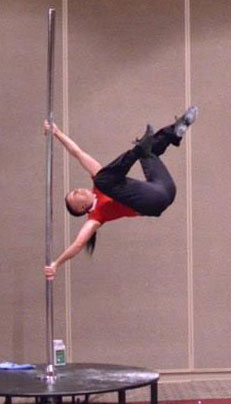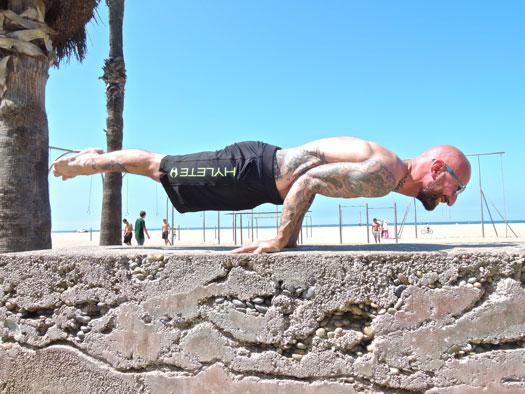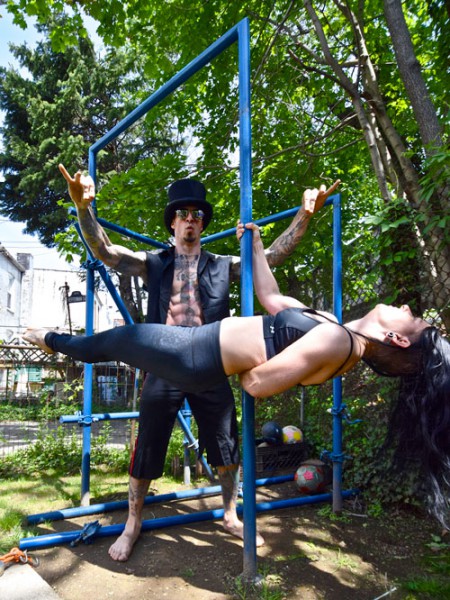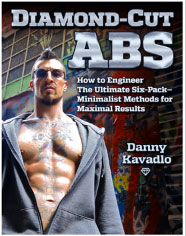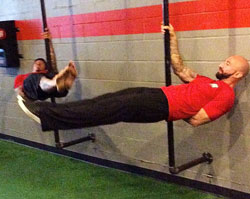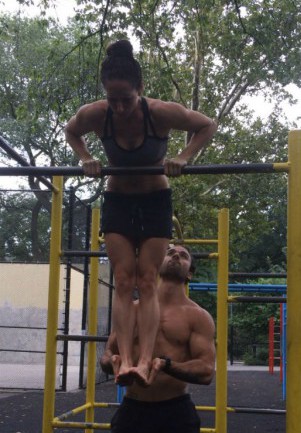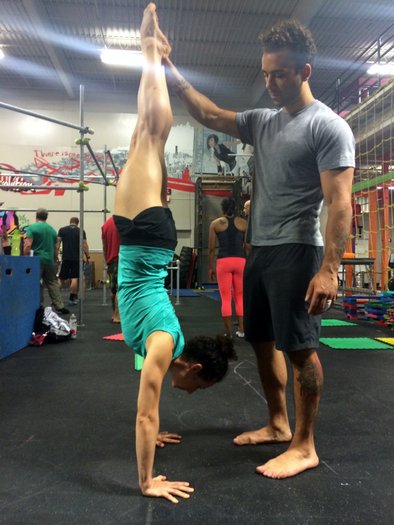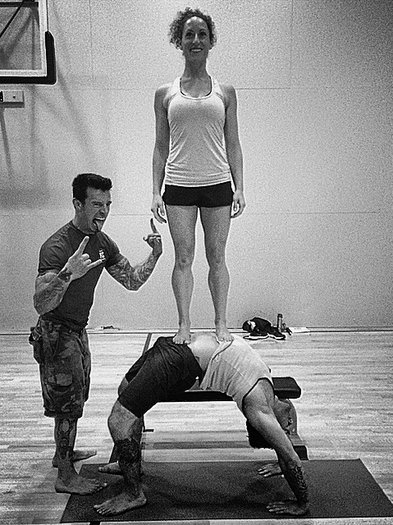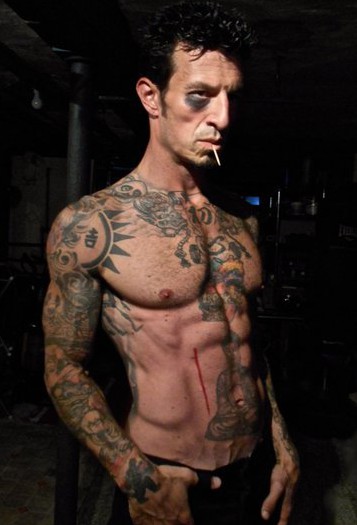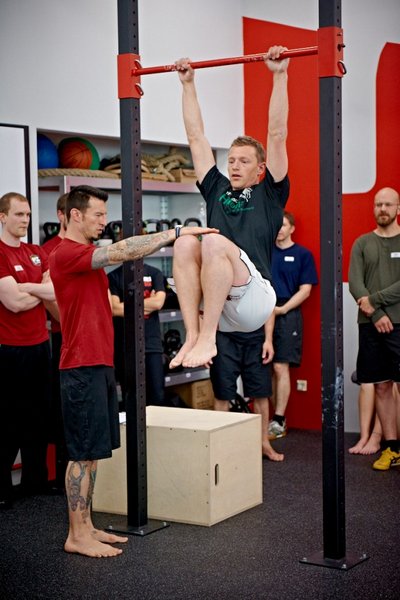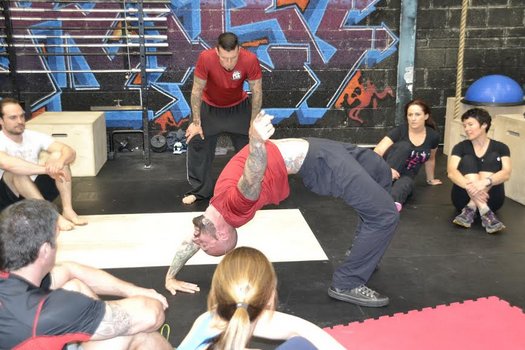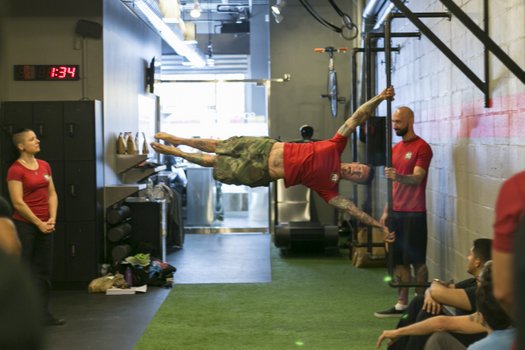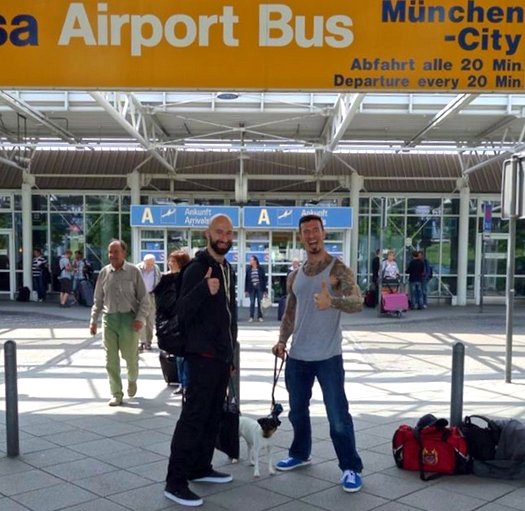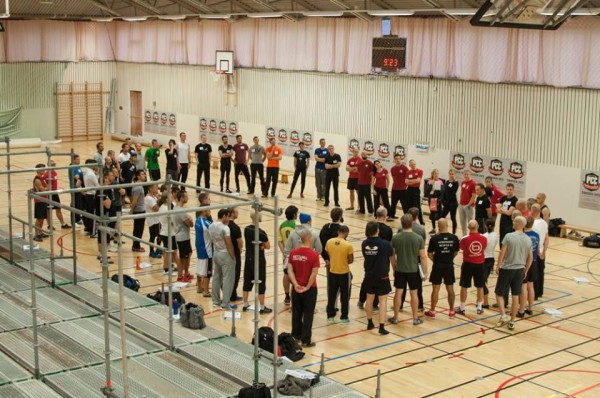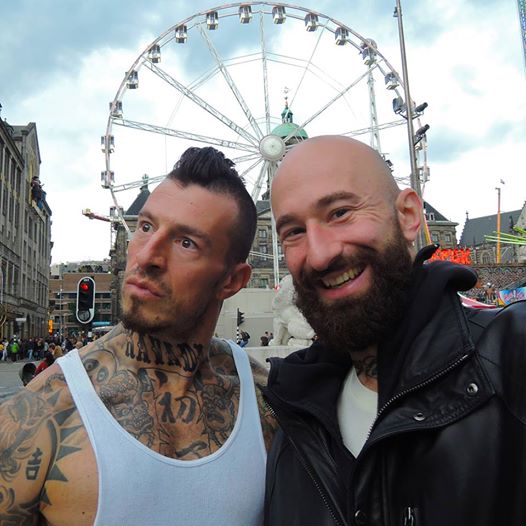
This October has been a groundbreaking month for the Progressive Calisthenics Certification. For the first time ever, two PCC workshops took place on consecutive weekends, both overseas – and both a rollicking success! The PCC family continues to grow and grow. The passion for calisthenics transcends intercontinental boundaries.
First, we conducted our inaugural workshop in The Netherlands at Trainingscentrum Helena in Haarlem, Holland. Hosted by the #1 Krav Maga instructor in the world (outside of Israel), Martijn Bos, our premiere event in The Netherlands resulted in new calisthenics achievements from each and every attendee!
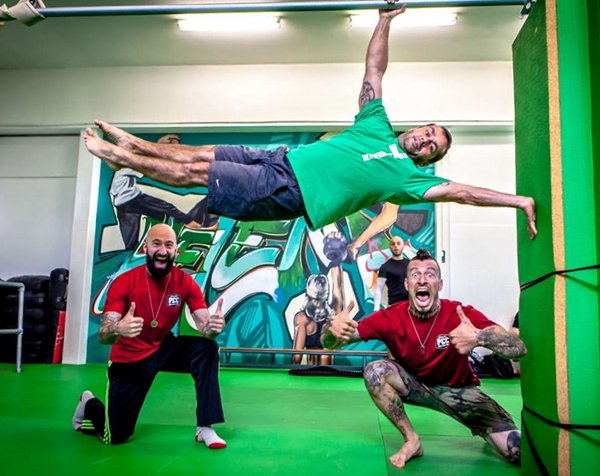
Human flags, muscle-ups and elbow levers were all fair game for participants, as were handstands, archer pull-ups and back levers. Every single person who came to PCC Holland achieved at least one personal best. It’s an exciting experience to witness firsthand the birth of such excellence!

Knowledge was shared, friendships were formed and new PCC instructors now walk among us. The solidarity and kinship among the newest members of the PCC family is a heartwarming thing to behold. As usual, it was hard to say goodbye at the end of the whirlwind weekend!
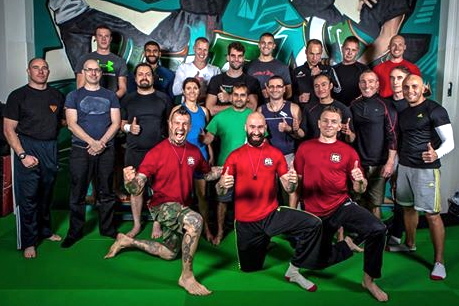
There was little time to relish in the success, however, as we soon headed over to Sweden to conduct our second PCC event in Gothenburg. The momentum of groundbreaking achievements that began in Holland didn’t slow down one bit once we arrived in the land of the midnight sun. Positivity breeds positivity, and the Sweden crew proved it. Some of the most recognizable faces from the international street workout team Barstarzz even showed up to earn their Progressive Calisthenics Certifications!
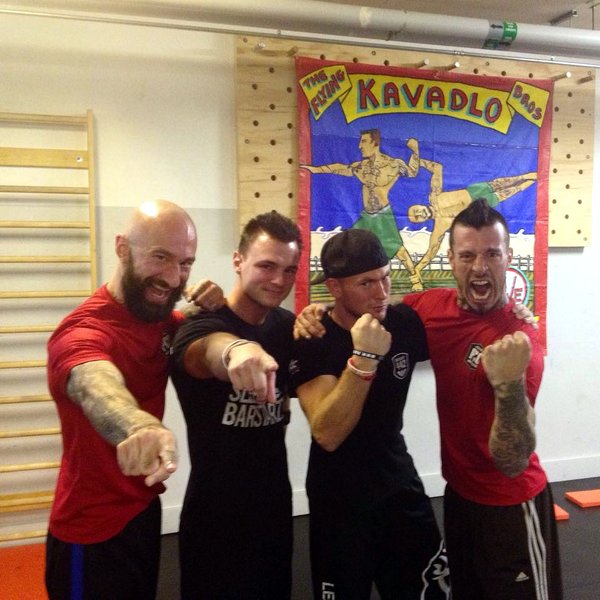
The fierce calisthenics vikings of Gothenburg continued in the tradition of previous PCC classes by smashing personal bests, inspiring one another and having a blast the whole time! We love our job!
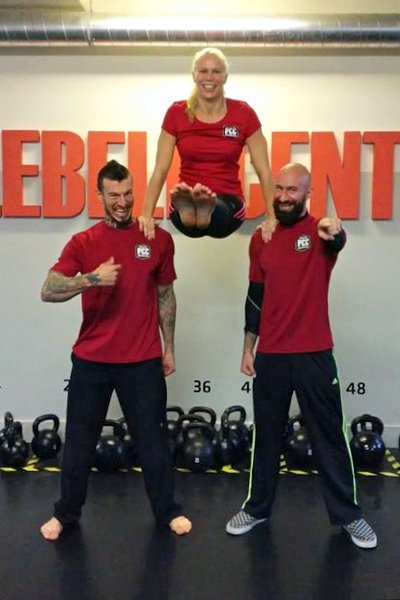
Now that we are back in the States, it’s hard to believe how quickly it all went; time flies when you’re having fun! The good news is, we get to do it all over again next month! PCC wraps up the 2014 season with a return to the good ol’ USA. Our final event of the year will take place at Drench Fitness in Milwaukee, WI on November 7-9. Spots are still open for this event. Go sign up right now!
And for our European fans, do not fret! You will have three opportunities to attend the PCC next spring when we come to Germany, Italy and Ireland on three consecutive weekends!
No matter where we go, spreading the joy of calisthenics is fresh and exciting every time! We can’t wait to see YOU at our next event!
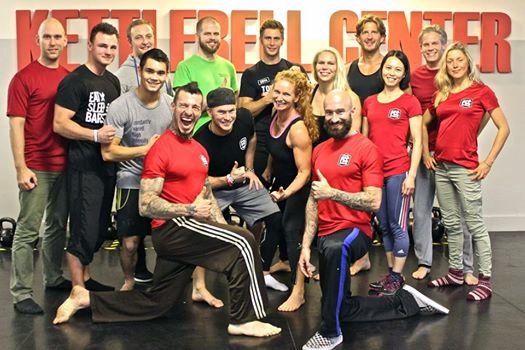
***
About Al and Danny Kavadlo:
Al Kavadlo is the lead instructor for Dragon Door’s Progressive Calisthenics Certification. Recognized worldwide for his amazing bodyweight feats of strength as well as his unique coaching style, Al is the author of three books, including Raising The Bar: The Definitive Guide to Pull-up Bar Calisthenics and Pushing The Limits! Total Body Strength With No Equipment. Read more about Al on his website:www.AlKavadlo.com.
Danny Kavadlo is one of the world’s most established and respected personal trainers. He is a Master Instructor of Progressive Calisthenics and the author of Everybody Needs Training: Proven Success Secrets for the Professional Fitness Trainer. A true in-person experience, Danny is known globally as a motivator and leader in the body-weight community. Learn more about Danny at: www.DannyTheTrainer.com.

